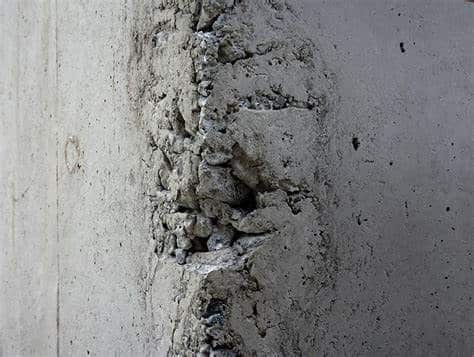How To Prevent Honeycomb In Concrete In Lakeside Ca?
 Honeycomb in concrete, also known as voids or air pockets, is a common issue encountered in construction projects. These unsightly gaps not only compromise the structural integrity of concrete but also diminish its aesthetic appeal. Fortunately, there are several preventive measures that can be taken to minimize or eliminate honeycomb formation. Here are five essential tips to consider:
Honeycomb in concrete, also known as voids or air pockets, is a common issue encountered in construction projects. These unsightly gaps not only compromise the structural integrity of concrete but also diminish its aesthetic appeal. Fortunately, there are several preventive measures that can be taken to minimize or eliminate honeycomb formation. Here are five essential tips to consider:
- The foundation of durable and homogeneous concrete lies in its mix design. Using the right combination of materials, including aggregates, cement, water, and admixtures, is crucial. Ensure that the mix proportions adhere to industry standards and are appropriate for the specific application and environmental conditions. Additionally, thorough mixing is essential to achieve uniformity and avoid segregation, which can contribute to honeycomb formation.
- Proper consolidation of concrete is vital for eliminating voids and ensuring its density. Utilize effective consolidation techniques such as vibration or compaction to remove trapped air and achieve full compaction. Pay particular attention to corners, edges, and areas around reinforcements where air entrapment is more likely to occur. Adequate vibration not only enhances the strength and durability of concrete but also reduces the risk of honeycomb formation.
- The manner in which concrete is poured and placed significantly impacts its quality and finish. Avoid excessive free fall heights during pouring, as it can induce segregation and entrain air into the mixture. Instead, utilize drop chutes, tremies, or proper formwork to control the flow and placement of concrete. Implementing a systematic pouring strategy, combined with proper supervision and monitoring, helps minimize the occurrence of honeycomb defects.
- Well-designed and adequately prepared formwork is essential for achieving smooth and uniform concrete surfaces. Ensure that formwork joints are properly sealed to prevent leakage and minimize the ingress of air or excess water. Additionally, use suitable release agents to facilitate easy removal of formwork without damaging the concrete surface. Properly designed formwork not only enhances the appearance of concrete but also reduces the likelihood of honeycomb formation.
- Adequate curing is crucial for promoting hydration and strength development in concrete while minimizing shrinkage and cracking. Implement proper curing techniques such as moist curing or membrane curing to maintain favorable moisture conditions within the concrete. Avoid premature drying or exposure to extreme environmental conditions, which can lead to surface defects, including honeycomb. Consistent moisture control during the initial stages of concrete curing significantly contributes to the prevention of honeycomb formation.
FAQs
What Causes Honeycomb In Concrete?
Honeycomb in concrete is primarily caused by inadequate consolidation, improper mix design, poor pouring and placement techniques, inadequate formwork preparation, and insufficient curing. These factors result in the entrapment of air voids within the concrete matrix, leading to irregularities and voids on the surface.
How Can Honeycomb Defects Be Repaired?
Repairing honeycomb defects typically involves cleaning the affected area, filling the voids with appropriate repair materials such as grout or mortar, and finishing the surface to match the surrounding concrete. In severe cases, where structural integrity is compromised, professional assessment and repair techniques may be required.
Is Honeycomb Preventable In All Concrete Applications?
While it may not be entirely preventable in all circumstances, honeycomb formation can be significantly minimized through proper planning, execution, and quality control measures during the concrete construction process. Adhering to best practices in mix design, consolidation, pouring, formwork preparation, curing, and maintenance can effectively reduce the occurrence of honeycomb defects.
Conclusion
Honeycomb in concrete can detract from the appearance and durability of structures if left unaddressed. By following the aforementioned tips and implementing appropriate preventive measures, construction professionals can mitigate the risk of honeycomb formation and ensure the quality and longevity of concrete structures. Additionally, addressing common FAQs provides valuable insights into understanding, preventing, and addressing honeycomb defects in concrete construction projects. For more information, contact Concrete Contractor Lakeside Ca at (619) 678-0052.